Back To School Security Technologies
As colleges and universities kick off a new year, safety is always a major concern for students, faculty, and staff. With significant technological advancements over the last few years, new security solutions can bolster campus security. Below, I explore three technologies that receive high grades: AI Video Technology, Mobile Access Credentials, and Multi-Sensor Cameras.
AI Video Technology: Proactive Monitoring and Response
AI Video Technology allows higher education institutions to leverage machine learning to analyze real-time video footage and identify potential threats before they escalate. Rather than relying totally on human operators, AI can look at multiple video feeds and call attention to anything out of the ordinary that may be considered a threat.
AI's ability to detect unusual behavior, such as loitering, trespassing, or unattended bags, and immediately alert security personnel mitigates risk and vulnerabilities. Timely alerts to potential threats maximize available resources and save lives.
Mobile Access Credentials: Secure and Convenient Entry
If you are still deploying physical keys and swapping out key cores. Consider moving to wireless access locks to save money, maximize resources, and enhance security. Students are notorious for losing keys and ID Cards. However, they rarely lose their phones since they always seem to be in their hands.
Mobile Access Credentials are a secure and convenient alternative to keys and ID Cards. Students can access campus buildings, residential halls, and events using smartphones. Today, many options exist, as technology has advanced to having a digital ID in your Apple Wallet or a phone application.
Mobile Credentials can integrate with other systems, such as event registration, attendance tracking, dining services, and campus dollars, to enhance the overall campus experience.
Multi-Sensor Cameras: Comprehensive Situational Awareness
You may be thinking that multi-sensor cameras have been around for years. Yes, they have. However, manufacturers continue to improve the form factor and now include enhanced video analytics, storage, and streaming capabilities. When you want to replace your old fixed or PTZ cameras or add cameras, you can easily improve your video surveillance by installing 360-degree, panoramic, dual-lens, quads, or quads with PTZ cameras using a single network cable.
New camera technologies allow you to manage video surveillance how you want and future-proof your system at the same time. You can continue managing your system on-premises, move it to the cloud, or choose a combination of cloud-based and on-premise solutions. Whatever path you choose, the latest camera technologies will help you get there.
Conclusion
Technology is providing a path to better protect our higher education campuses from potential threats; however, technology alone cannot protect our students, faculty, and staff. Emerging technologies improve the ability to monitor and respond to threats but cannot replace training, awareness programs, and common sense.
Disclaimer
A percentage of text in this article may have been generated by or was used to help improve SEO, grammar, spelling, punctuation, and other writing aspects by AI, which is intended to be informative and helpful.
Copyright 2024
Author
Joel Barfield
Sr. Account Manager
SAGE Integration
Email: jbarfield@sageintegration.com
